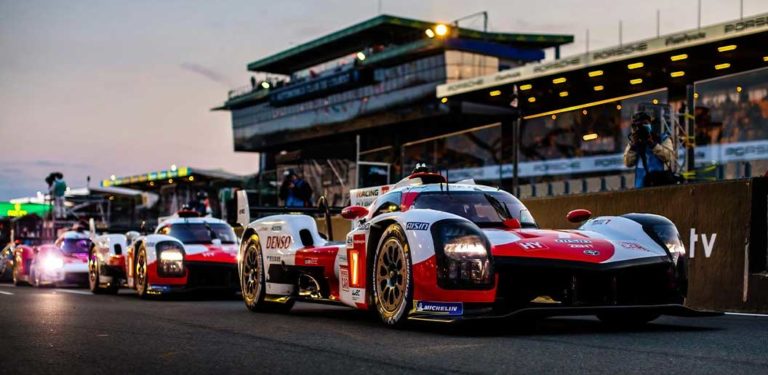The 24 Hours of Le Mans, held annually since 1923 near the town of Le Mans, France, is the world’s oldest active sports car race in endurance racing. This legendary race has captivated the hearts and minds of racing enthusiasts worldwide, representing the pinnacle of automotive excellence, innovation, and human perseverance.
The Origins of Le Mans
The concept of a 24-hour race was born from the desire to test the durability and reliability of cars. Unlike traditional Grand Prix races, which focus on speed over short distances, Le Mans challenges vehicles to endure the grueling demands of continuous operation. This unique format requires a blend of speed, efficiency, and mechanical resilience.
The inaugural race took place on May 26 and 27, 1923, organized by the Automobile Club de l’Ouest (ACO). The circuit, known as Circuit de la Sarthe, utilized a combination of public roads and dedicated racing sections. This layout added a level of unpredictability and excitement, as drivers navigated a diverse range of terrains and conditions.
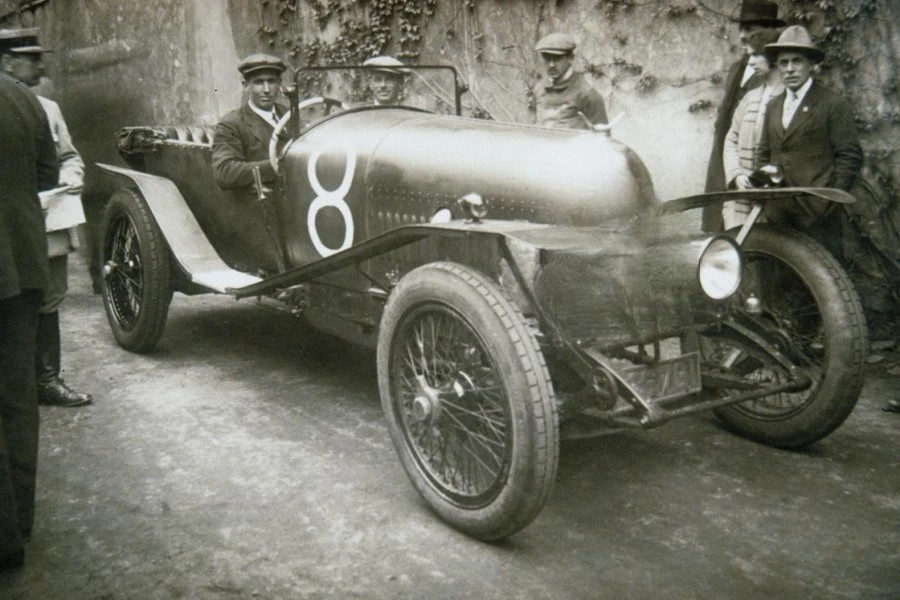
Evolution Through the Decades
The 1920s and 1930s saw the race establish its reputation, with manufacturers like Bentley and Alfa Romeo dominating the early years. Bentley’s 3 Liter Sport had its first victory in 1924, and then again in 1927, 1928, 1929, and 1930, cementing its legacy and showcasing the prowess of British engineering.

The post-World War II era marked a significant turning point. The 1950s introduced a new level of competition and technological advancement, with Jaguar, Ferrari, and Aston Martin emerging as key players. The 1955 race, however, was marred by tragedy when a catastrophic accident resulted in the deaths of over 80 spectators, leading to significant changes in safety regulations.
The 1960s brought the fierce rivalry between Ford and Ferrari, famously depicted in the movie “Ford v Ferrari.” Ford’s determination to dethrone Ferrari led to the development of the iconic GT40, which secured four consecutive victories from 1966 to 1969. This era highlighted the importance of innovation, with advancements in aerodynamics, engine performance, and pit stop strategies playing crucial roles.
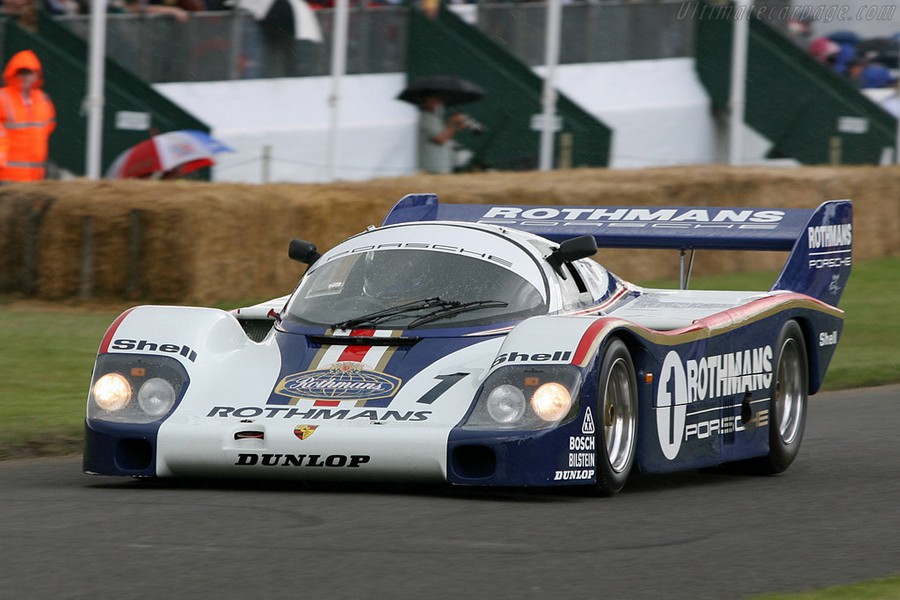
The Modern Era: Technological Triumphs and Challenges
As the 20th century progressed, Le Mans continued to evolve, embracing new technologies and welcoming diverse manufacturers. The 1980s saw the rise of Porsche, which dominated with its 956 and 962 models, achieving seven victories in the decade. The introduction of Group C regulations in 1982 allowed for more creative engineering solutions, leading to faster and more efficient cars.
The 1990s and 2000s brought further innovation and increased competition. Audi emerged as a dominant force, pioneering the use of diesel and hybrid technologies. Audi’s R8, R10 TDI, and R18 models secured numerous victories, showcasing the brand’s commitment to pushing technological boundaries. Meanwhile, Toyota’s persistence paid off with its first victory in 2018, after years of near misses and heartbreaks.
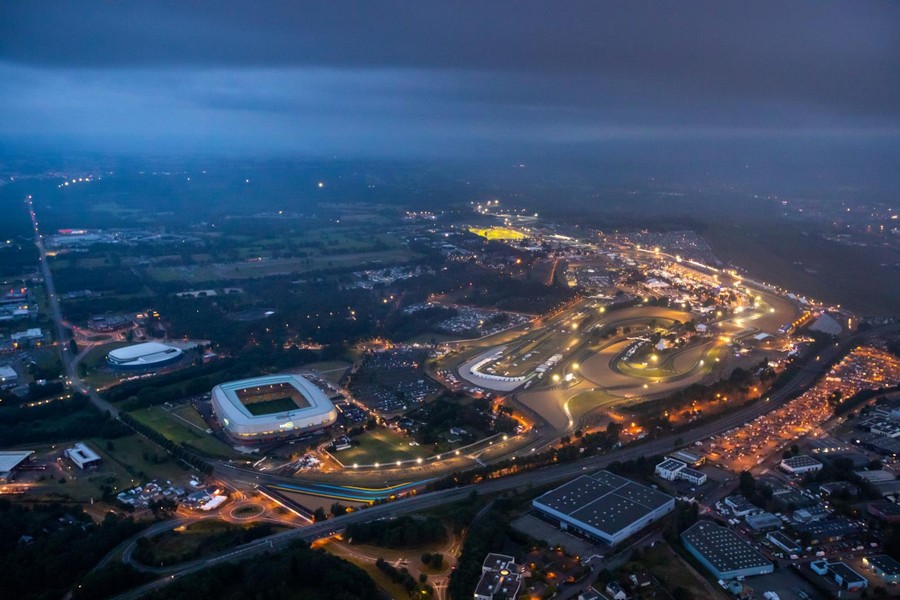
The Le Mans Spirit: A Test of Human and Machine
What sets Le Mans apart is not just the cars but the people behind them. The race requires a unique combination of skill, strategy, and endurance from drivers and teams. The grueling 24-hour format demands exceptional physical and mental resilience, with drivers often racing through the night, battling fatigue, and contending with unpredictable weather conditions.
Teamwork is paramount, with seamless coordination required between drivers, engineers, and pit crews. The pit stops, which involve refueling, tire changes, and repairs, are critical moments that can make or break a race. The ability to adapt to unforeseen challenges and maintain focus under pressure is a testament to the dedication and professionalism of everyone involved.

Le Mans and Technological Innovation
Le Mans has always been a crucible for innovation. The race has driven advancements in automotive technology that have trickled down to consumer vehicles. From disc brakes and aerodynamic enhancements to hybrid powertrains and lightweight materials, many innovations tested at Le Mans have found their way into everyday cars.
In recent years, the focus has shifted towards sustainability. The introduction of hybrid and electric technologies has paved the way for a new era of racing. The Garage 56 program, which allows experimental vehicles to compete, exemplifies this commitment to innovation. Notable entries include the Nissan DeltaWing and the hydrogen-powered GreenGT H2, pushing the boundaries of what’s possible in motorsport.
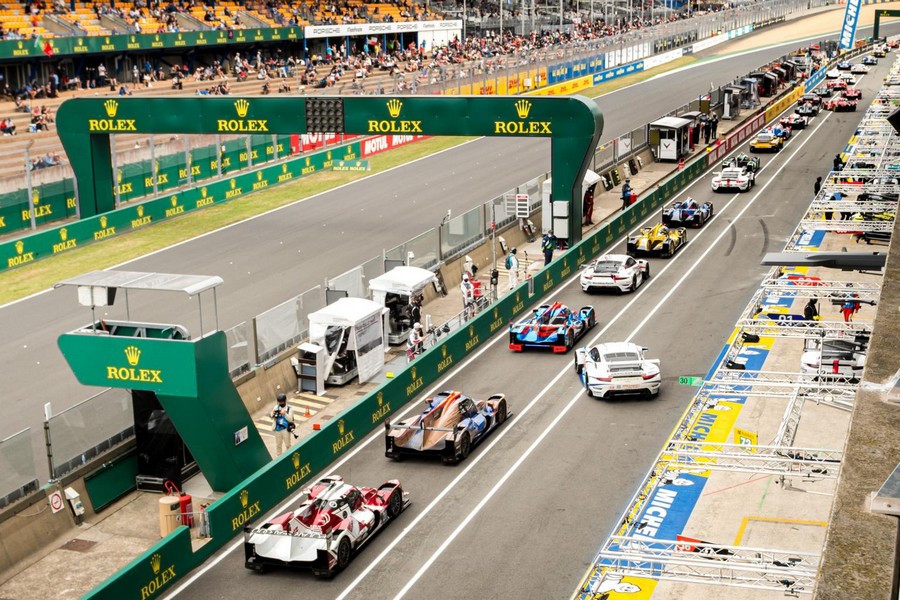
The Cultural Impact of Le Mans
Le Mans is more than just a race; it’s a cultural phenomenon. The event attracts hundreds of thousands of spectators from around the world, creating a vibrant and diverse community of fans. The camaraderie among spectators, the unique atmosphere of the campsites, and the shared passion for motorsport contribute to the race’s enduring appeal.
The race has also left an indelible mark on popular culture. Films, documentaries, and books have chronicled the epic battles and dramatic moments that define Le Mans. The 1971 film “Le Mans,” starring Steve McQueen, and the more recent “Ford v Ferrari,” have brought the race’s thrilling narrative to a broader audience, immortalizing its legends and lore.
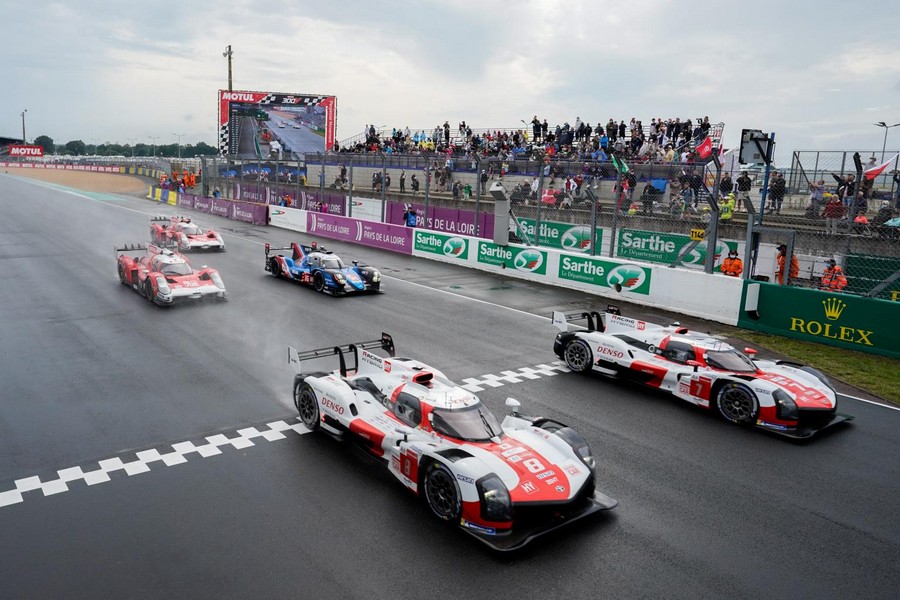
Looking Ahead: The Future of Le Mans
As Le Mans approaches its centenary, the race remains a beacon of endurance racing. The challenges of balancing tradition with innovation continue to shape its future. With the advent of new technologies and the increasing emphasis on sustainability, Le Mans is poised to remain at the forefront of motorsport.
The race’s enduring legacy is a testament to the relentless pursuit of excellence, the spirit of innovation, and the unyielding determination of those who dare to compete. Whether it’s the roar of the engines, the thrill of the night stint, or the elation of crossing the finish line, the 24 Hours of Le Mans will forever hold a special place in the hearts of racing enthusiasts worldwide.


